
Baby skin is very sensitive, end even though diapers today are much more comfortable than before, and they are mostly disposable, there is still a great chance that they will irritate the baby’s skin. This results in diaper rash. Another thing that commonly affects the babies is yeast infection that is often confused with diaper rash.
Diaper rash and yeast infection
Diaper rash and yeast infection in babies are often thought to be the same thing, because the symptoms are very much alike. In addition, a yeast infection can occur as a direct result of the skin damage due to diaper rash.
Generally, diaper rash is a generic name used to describe a number of skin diseases and problems that affect the diaper area, including thighs, abdomen, buttocks, groin and the skin folds.
A simple contact rash can occur if the baby’s skin is irritated by the diaper. However, the skin may be affected by fungus called Candida albicans, resulting in a yeast infection. Diapers are a perfect environment for the fungus to grow and multiply.
The main difference between a simple diaper rash and a yeast infection is that diaper rash disappears after 48 hours of appropriate treatment. Since yeast infections are caused by fungi, they take more time to cure with anti-fungal medications. In addition, rash caused by fungus tends to spread more, while diaper rash is generally limited to the irritated area.
Symptoms
Rash is the number one symptom of yeast infection. It may appear in a form of small red dots that look like blisters or pimples. The area may be raised and slightly swollen, and in severe cases, there may be cracks in the skin that bleed.
Yeast infections cause a slightly darker rash, which smells like bread. In addition to raised sores there may be a scaling pattern, and sometimes pus fills the sores.
The rash is itchy and sometimes painful; it causes discomfort and the baby who is suffering from diaper rash or yeast infection will most likely cry a lot and be cranky.
Treatment and prevention
In case of the symptoms mentioned above, it is recommended to see a doctor who will determine if it is a fungal infection. These infections cannot be treated with over-the-counter medications, home remedies and lotions, and require specific anti-fungal treatment.
Some people claim that using diluted vinegar for the final rinse can help with non-fungal diaper rash, while others apply cornstarch paste. These rashes can also be treated with creams and ointments like Desitin, Diaparene and zinc oxide.
As for the prevention, the baby’s skin should be as clean and dry as possible. It helps to allow the little one to go around without a diaper for a while, so the skin can breathe. Regular washing, wiping and drying is absolutely essential in the prevention of diaper rash and yeast infections in toddlers.



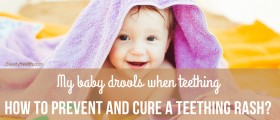

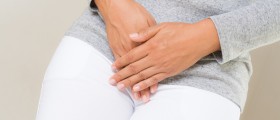

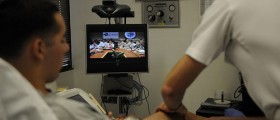
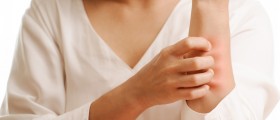



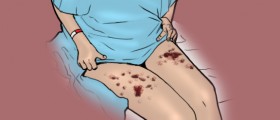
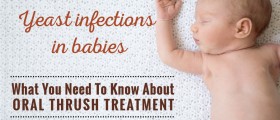


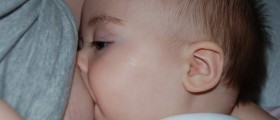
Your thoughts on this
Loading...